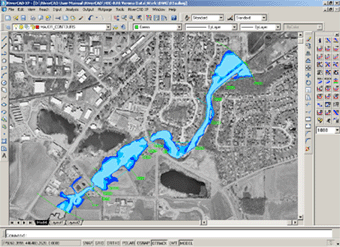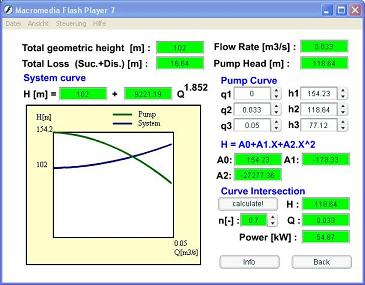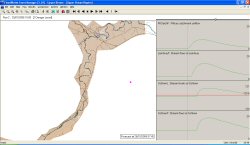Wallingford Software announces that the latest release of FloodWorks, the real-time flood forecasting and flood warning system, now supports internet publishing of results. With this development, FloodWorks version 5.0, released at the end of 2005, can automatically publish flood forecasts on a website for viewing by remote users via a standard web browser.
FloodWorks provides real-time simulation and forecasting of hydrological and hydraulic conditions within river basins, drainage systems and the coastal zone. Designed for operational use in the control room, FloodWorks is particularly effective for real-time flood management, because it both provides forecasts of water level, flood depth and sea state for the hours or days ahead, and automatically disseminates detailed flood warnings.
There are many parties who need to know the details of the state of a river flood and the forecasts of imminent changes to flows and levels, including the various local authorities and emergency services located all along the river. FloodWorks was previously able to send out warning information by fax, email or SMS to a specified list of parties when certain critical conditions or levels were reached. That will continue, but now it will also be a simple matter to publish the latest information of flood forecasts to a website, and to provide access to authorized users. This has two benefits ג€“ more detail is available than can be contained in, for example, a text message, and information is available more frequently than that triggered when specific conditions are met.



